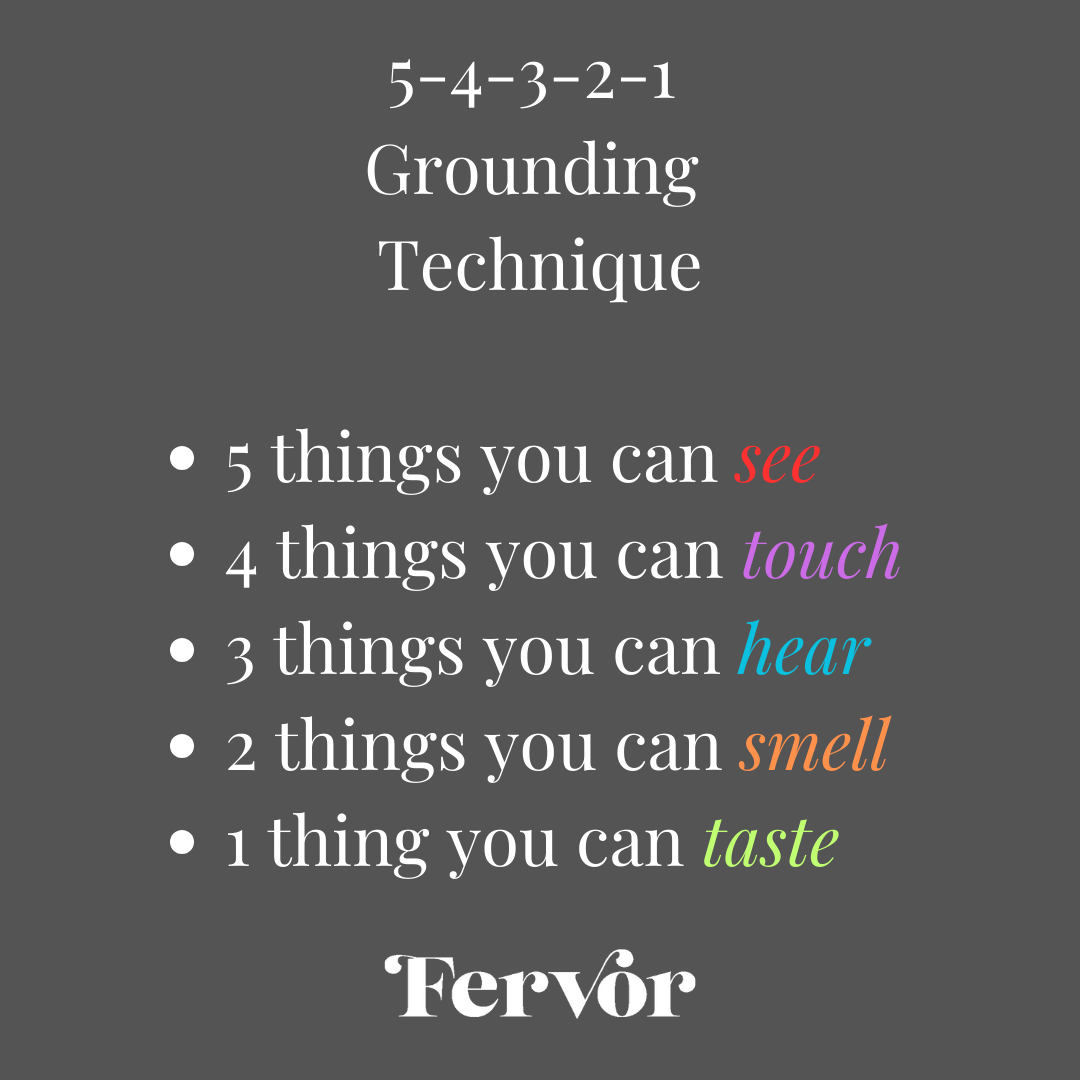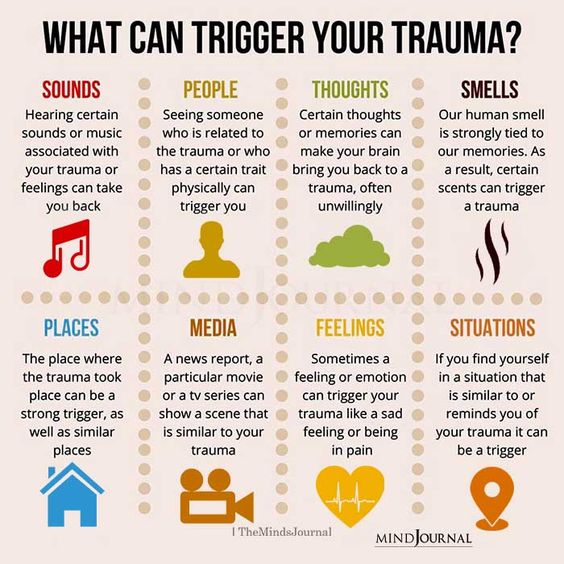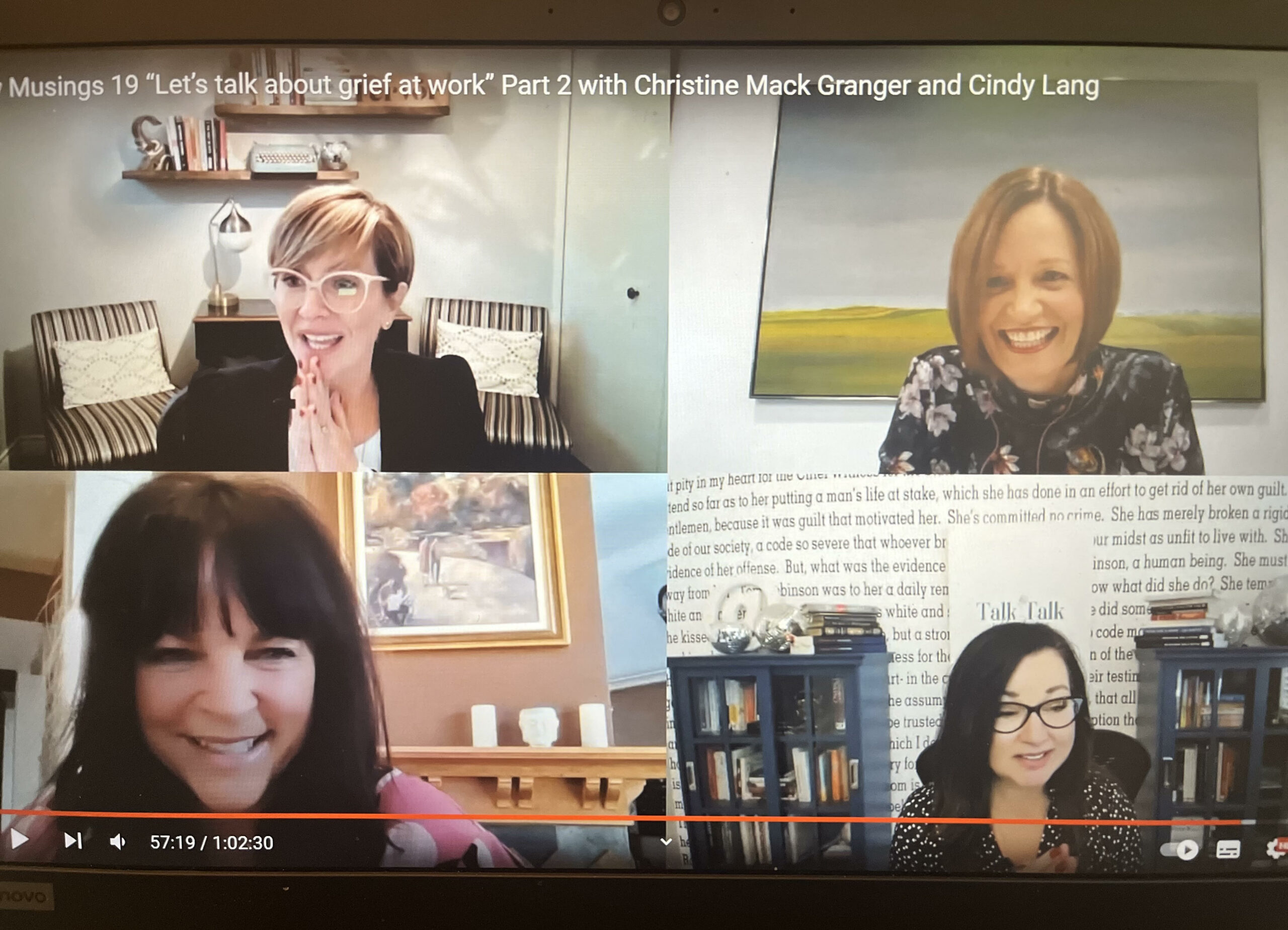International Women’s Day: Who will you inspire and impact for progress?
On this International Women’s Day, I deeply honour some of the women who have lifted me with their energy and grit over the years.
· My mother: “Always learn… you can do anything you believe in.”
· My Wicked Stepmother: “Edit yourself less.”
· My late paternal grandmother of Honolulu: “Be independent, never rely on a (partner), have a career, dance, and make where you live a paradise.”
· A lifelong and beloved friend: “Remember your voice and choice.”
· A family friend: “Love who you are when you’re with people, choose wisely.”
· Lucille Ball: “I’d rather regret the things I’ve done than regret the things I haven’t done.”
I’m conscious I’ve had access to considerable privilege as a woman of my time. I get to learn/educate myself, have a career, be independent, to share my voice and choice in a part of the world where most of the time, I feel reasonably safe.
I believe we have work to do… to educate ourselves about why #IWD exists, to support one another in life including business, to challenge stereotypes and biases and advocate when in the face of discrimination and unfair treatment, to honour one another’s wins and falls, to stand by causes we believe in (from rights to those in need to inclusion), and for years to come. We need to consider women and girls of all ages, those we know and don’t, for we are interconnected globally and we’re cultivating seeds of what’s possible for future generations.
We get to start right now by asking ourselves hard questions about our own beliefs, and the roles we can play to support a more balanced and empowered future for women.
Who inspires you and what is the impact? Who will you inspire and positively impact for progress?
For those keen, here’s an insightful resource on the roots of International Women’s Day.
#IWD #internationalwomensday #livewithfervor #leadwithfervor #inclusion











